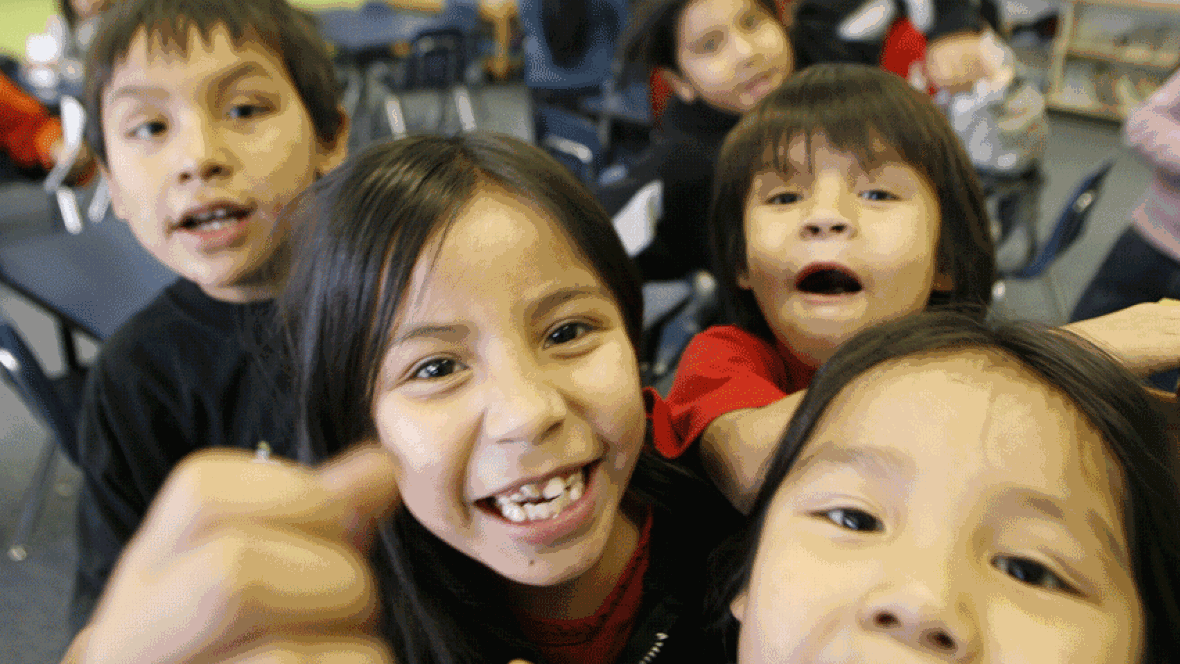
Residential Schools: A Century of Cultural Genocide
Residential schools had many impacts on many people. Some impacts are ever-present, and will be so for generations to come. Indigenous children, families, and communities were all deeply affected.
Residential schools affected...
...the children who attended them.
Graduates of residential schools entered their adult lives at a significant disadvantage. Besides their emotional experiences and possible PTSD, these people had little abilities to work with. The schools had offered them a small amount of knowledge about the world, and poor qualifications with which to work. These people often needed help with their lives later on, because they had difficulties with their everyday lives and social encounters.
Quite often, victims resorted to substance abuse (or work) in order to be able to cope with their situations, which lead to very unhealthy lifestyles.
In more extreme cases, individuals cannot cope with their lives after residential schools, and they turn to suicide.
... the families and future families of the children.
Families from which the children were removed also suffered significantly. At these times, children were of great help to the household, farm, etc. However, the suffering mostly took form emotionally, as these families lost a loved one, perhaps sometimes forever.
In the case of parents with substance abuse issues, many children were born into unhealthy families, with unhealthy examples. Sometimes, children were born with disorders related to their parents' substance abuse issues. Graduates of residential schools also had troubles leading their own families. Having grown up without an example of a parent, they show love with more difficulty, and do not know how to teach their children about life. This cycle continues with their children, as they too, did not have a role model.(see Jennifer Tourangeau's story at http://www.macleans.ca/education/college/how-one-woman-overcame-fetal-alcohol-syndrome-and-found-art/)
... the communities from which children were taken.
Communities also suffered from the residential school system. Children helped out tremendously in most communities, and were a joy to have around. Without them, communities darken, and progress more slowly.
Indigenous communities also shrank in size. Some graduates moved away, some came back. The ones that came back often had issues related to the school experiences. Many communities were targeted by casinos, and other activities which acted as coping responses for the people.
Communities lost employment. Communities lost their languages and culture. Communities lost their children.
... Canadian society.
The media around residential schools presented them to be a gift to the First Nations. Camera confrontations were staged to look as if the children were genuinely enjoying themselves. When reports came out, they were met with disbelief. Similarly, first-hand testimony was though to be ungratefulness.
When the children left these schools, many turned to substance abuses in order to cope with their emotional problems. This put graduates in the image of alcoholics.
Furthermore, residential schools provided, and later advertised the vulnerability of graduates, and inter-generational affected people. This may or may not have lead to the Missing and Murdered Indigenous Women, but it is a factor nonetheless.
With the goal of assimilation in mind, residential schools further created divisions and differences between the Euro-Canadian population and First Nations.




Jennifer Tourangeau's art is helping her raise awareness to ever-present residential school issues.
